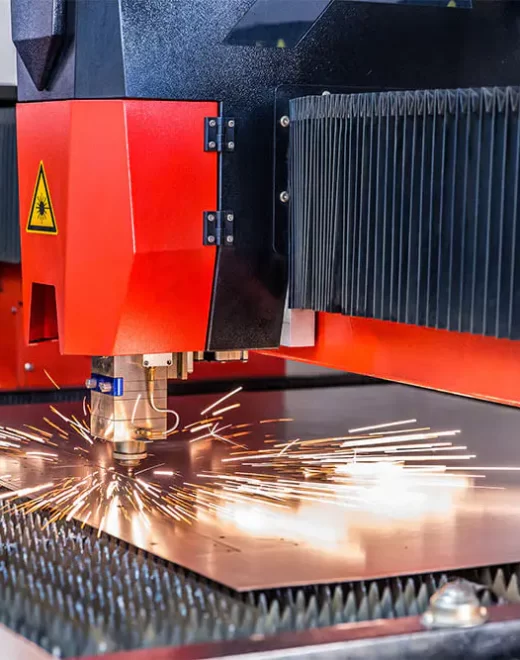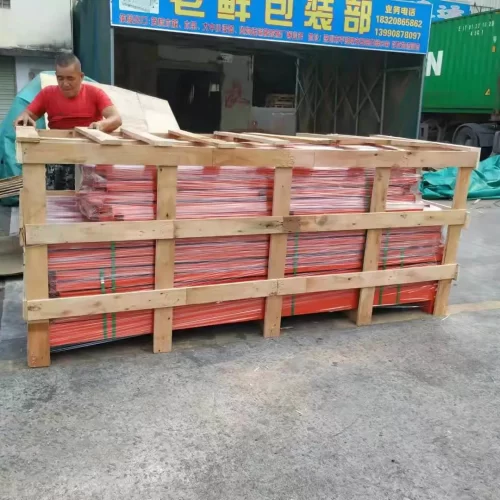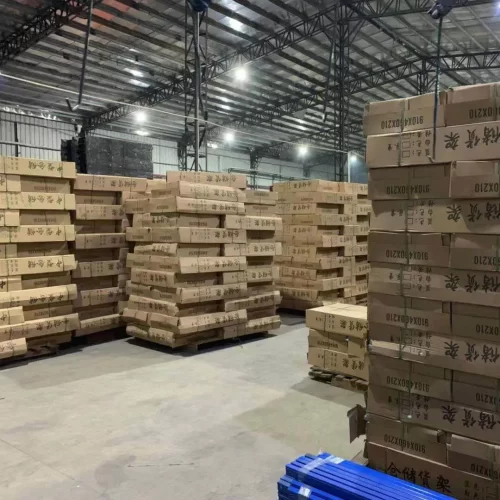WhatApp: +86 13713386306
Email: nancy@chinastoragerack.com
Phone: +86 18578478231
WeChat: +86 18578478231
Plastic pallet is a kind of logistics unit used with forklifts, racks and other logistics equipment. It can be used to store, load and carry goods, and is one of the essential logistics equipment in modern logistics and warehousing. The emergence of plastic pallets is to meet the needs of environmental protection, the use of plastic pallets instead of wooden pallets can reduce the destruction of forests. With the continuous strengthening of the concept of food safety and the high requirements of hygiene in the pharmaceutical industry, plastic pallets are favored and sought after by the food and pharmaceutical industries for their anti-corrosion, moisture-proof, rust-proof, insect-resistant and non-moldy characteristics. In addition, the high load-bearing performance and long service life of plastic pallets have a wide range of applications in the chemical, light textile and manufacturing industries.
| Standard Size(L*D*H) | 1100*1100*150mm, 1200*1000*150mm, Customizable |
|---|---|
| Load Capacity | 500kg |
| Color | Blue, Customizable |
| Weight | 13kg/set |
| Volume | 0.18CBM/set |
| MOQ | 100 sets |
| Estimated Delivery Time | 5 days |
A plastic pallet is a pallet made of plastic material, such as polyethylene, polypropylene, or a combination of both. Plastic pallets are designed to provide a stable base for storing, stacking and transporting goods, similar to wooden or metal pallets. Plastic pallets come in a variety of shapes, sizes and designs, each with unique features that make them suitable for different applications. Some plastic pallets are designed to be stackable, while others are nestable, rackable, or customized to meet specific needs. Overall, plastic pallets offer a versatile and cost-effective solution for businesses looking to store and transport goods safely and efficiently.
Plastic pallets usually need forklifts or pallet jack to be used with them, and they can save a lot of storage space when placed on the racks. Common dimensions of plastic pallets are L1100*D1100*H150mm and L1200*D1000*H150mm. As a kind of assembly equipment similar to containers, pallets are now widely used in production, transportation, warehousing and distribution.

Punches run the length of the hanging plate at standard intervals where the cross beams are connected, most of them are 50mm or 75mm pitch.
Steel coil through the rolling equipment to form the upright and beam, beam usually have P beam and interlock beam, upright usually have diamond hole and teardrop hole.
Through welding, the hanging plate and beam; upright and footplate are closely connected together, which effectively strengthens the stability of the rack structure.
Polish the product after welding, then use electrostatic powder spraying technology on the surface, and finally use the high-temperature baking process to ensure a smooth surface.
Finally came to the last step. After the production of the product is completed, we usually package the exported goods to avoid long-distance transportation damage and seawater erosion during shipping.




As a professional plastic pallet manufacturer, we specialize in producing high quality, brand new plastic pallets. We do not sell used plastic pallets. Every plastic pallet we produce is made from brand new materials and undergoes stringent quality control measures to ensure it meets your specific needs. By manufacturing and selling brand new plastic pallets, we help ensure that you receive a reliable, safe and sanitary plastic pallet product.
Choosing the right plastic pallet for your business needs can be a daunting task, especially when you are new to the pallet world. However, choosing the right plastic pallet is critical because it can impact your operations, logistics and storage. Here are some factors to consider when choosing the right plastic pallet for your business needs
By considering these factors, you can choose the right plastic pallet for your business needs and requirements.
Plastic pallets offer several benefits over other materials such as wood and metal. Here are some of the main benefits of using plastic pallets
Sustainability. Plastic pallets are 100% recyclable, and many manufacturers use recycled materials to produce them. They can be reused many times and do not cause deforestation like wooden pallets.
There are several factors to consider when comparing the cost of plastic and wooden pallets. Here are some key points to consider.
In conclusion, while plastic pallets may have a higher initial cost, they can be significant cost savings in the long run due to their durability, longevity and lower maintenance costs. They also have less of an environmental impact and are more sanitary and easier to transport. Companies should carefully evaluate their needs and requirements before choosing between plastic and wooden pallets.
Heavy-duty plastic pallets can typically handle loads of 500 to 1000 kg. Some heavy duty plastic pallets are designed to handle higher loads, up to 2,000 kg or more. However, the load capacity of a particularly heavy-duty plastic pallet will depend on its specific design and intended use. To determine the right load capacity for your specific needs, it is important to consider factors such as the weight of your product, the distribution of the weight on the pallet, and the intended method of transportation and storage.
The most common size of plastic pallets is the 48″ x 40″ pallet, which is the standard size used in North America. This size is also used in many other countries, especially those that export to North America.
In Europe, the most common size for plastic pallets is a 1200 mm x 800 mm pallet, which is roughly equivalent to 47.2 inches x 31.5 inches. This size is also used in other regions, such as Asia and Australia.
Other standard sizes of plastic pallets include 1200mm x 1000mm pallets (approximately 47.2″ x 39.4″), 1100mm x 1100mm pallets (approximately 43.3″ x 43.3″), and 1067mm x 1067mm pallets (approximately 42″ x 42″).
It is important to note that while these sizes are considered standard, there are many variations and custom sizes available to meet the specific needs of different industries and applications. When selecting plastic pallets for your business, it is important to carefully consider the size and design of the plastic pallet.
In general, standard plastic pallets can cost from about $20 to $60 or more per pallet, depending on size, design and other factors. Heavy-duty plastic pallets designed to handle heavier loads can cost more, even more than $100 per pallet. It is worth noting that bulk purchases can often result in discounts and lower unit costs.
Shipping small quantities of pallets from China can be prohibitively expensive due to the cost of shipping and handling charges. Therefore, we usually require a minimum order quantity of 100 pallets. However, if you purchase pallet racking or mezzanine flooring from Mracking, we do not set a minimum order quantity for you.
We take pride in the quality and durability of our plastic pallets. We are so confident in the longevity of our products that we offer a 3 year warranty on every plastic pallet we sell. If your business needs plastic pallets, trust that Mracking will provide you with the highest quality products backed by a 3 year warranty. Contact us today to learn more about our products and services.






Your email is absolutely secure and we’ll not disclose it to any third party for any reason.
Your email is absolutely secure and we’ll not disclose it to any third party for any reason.